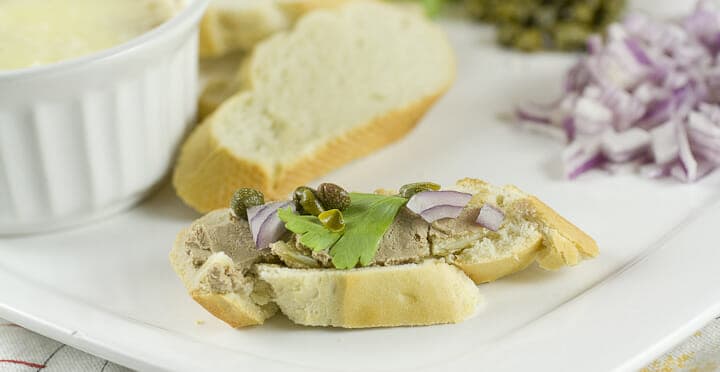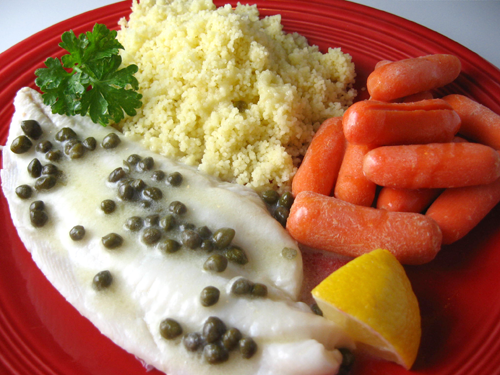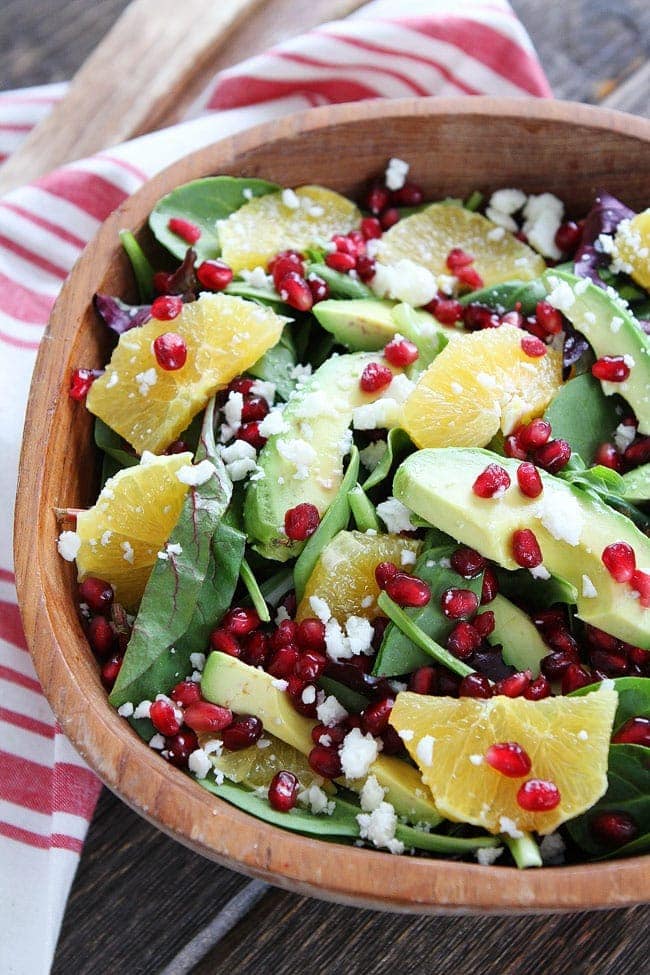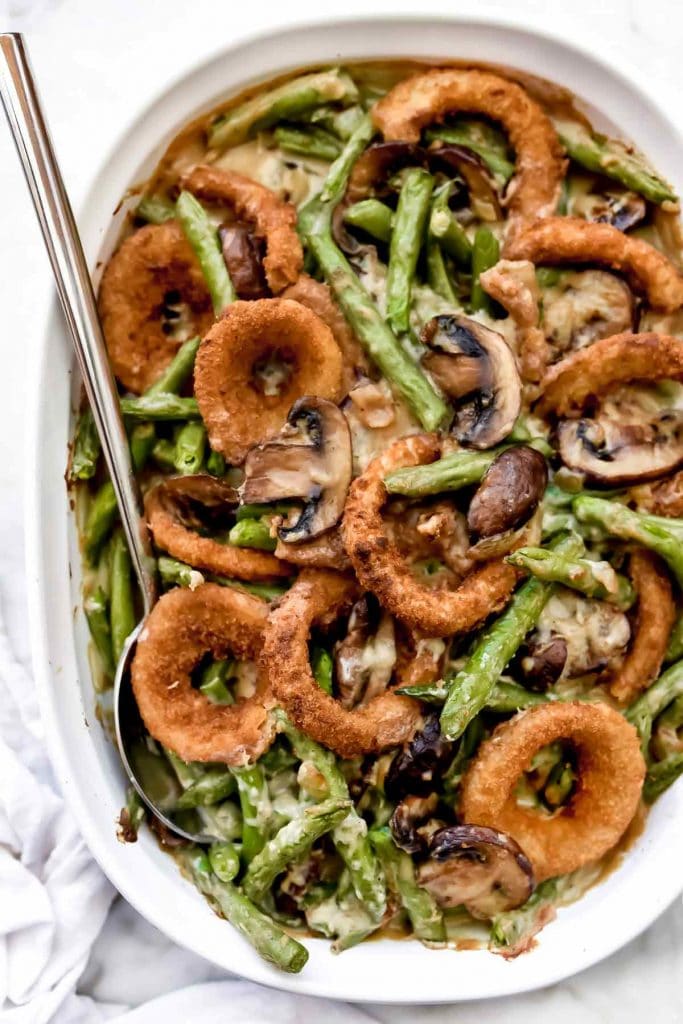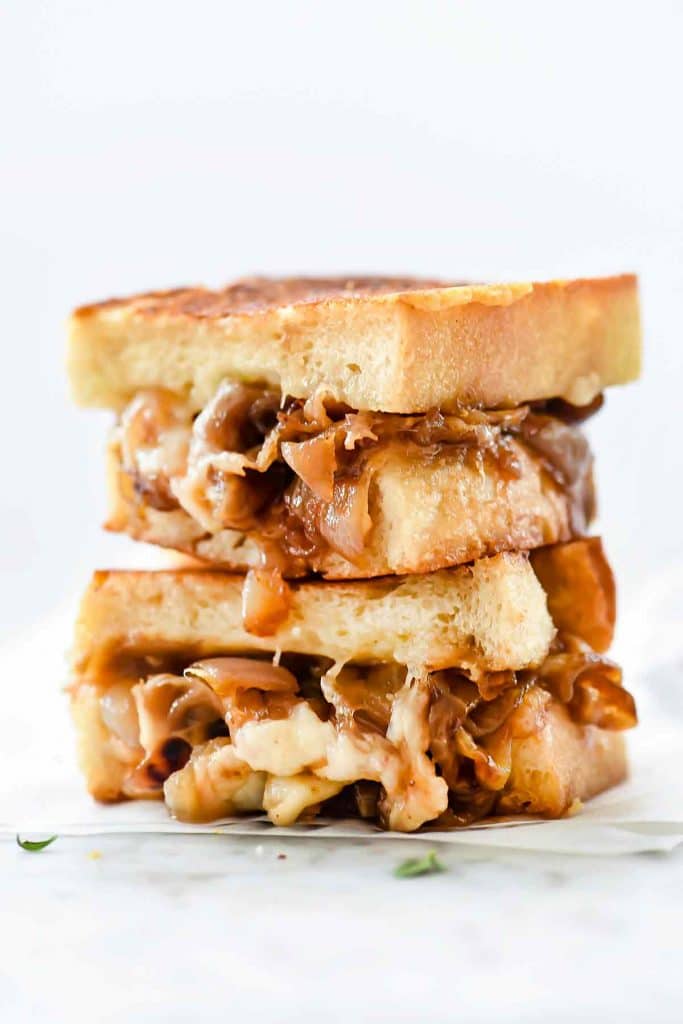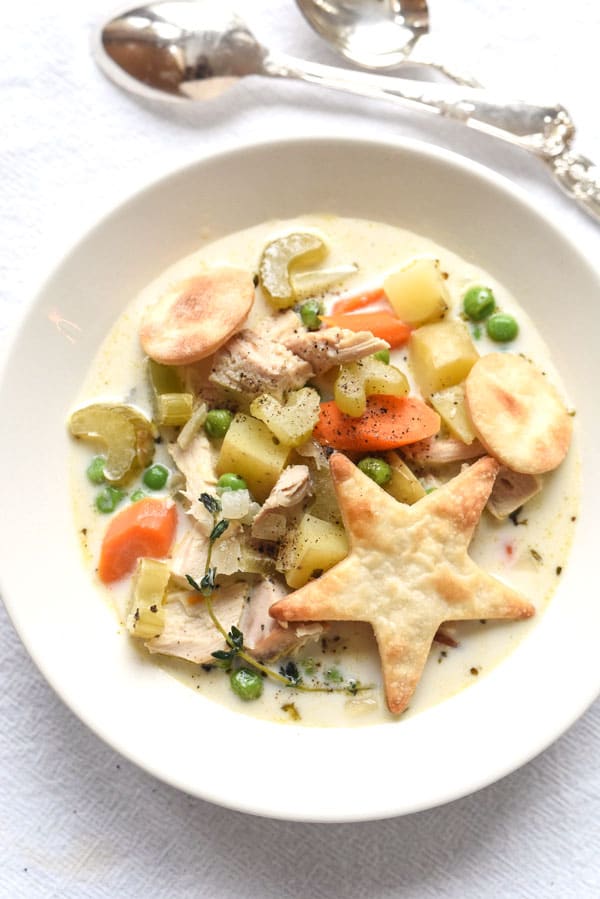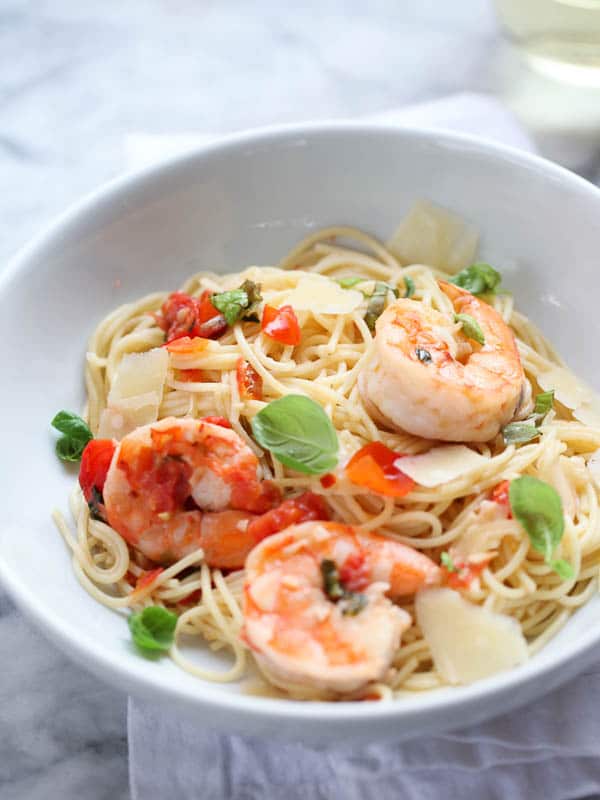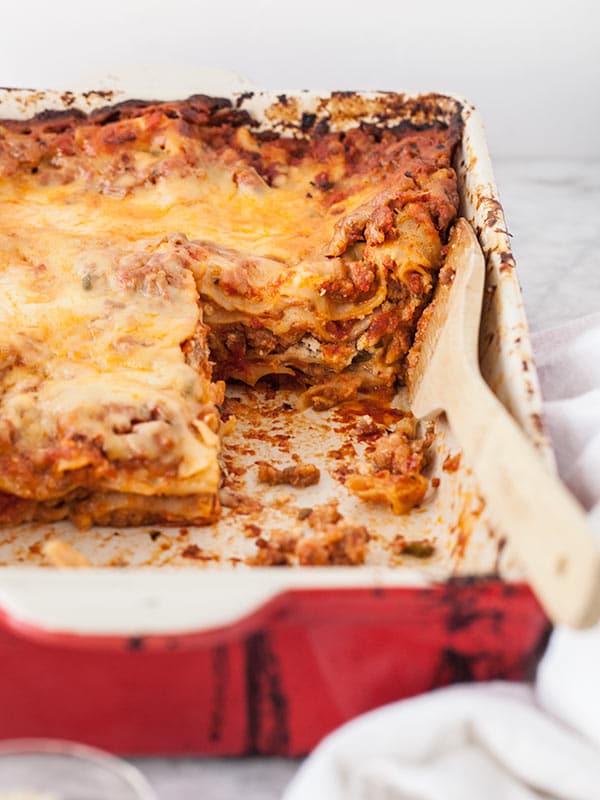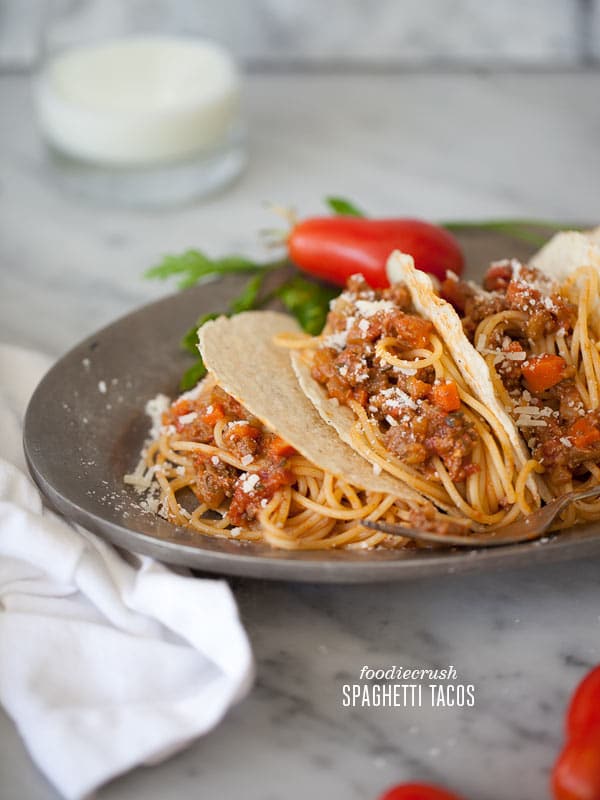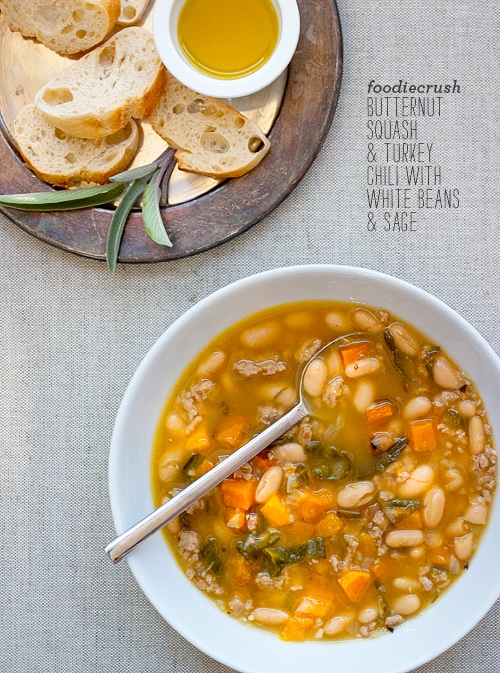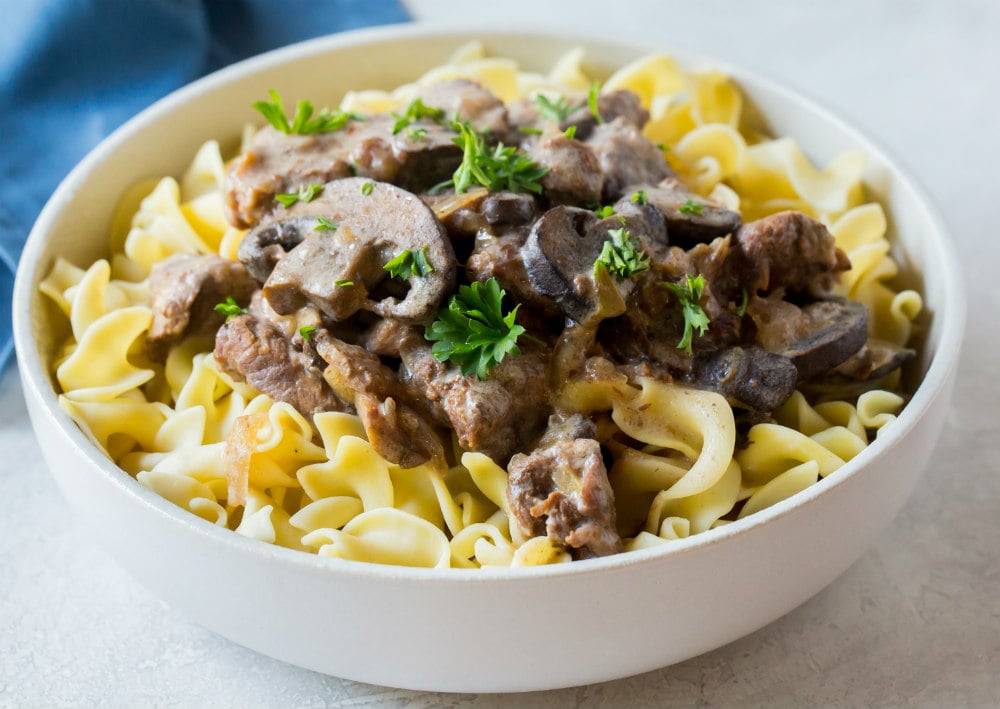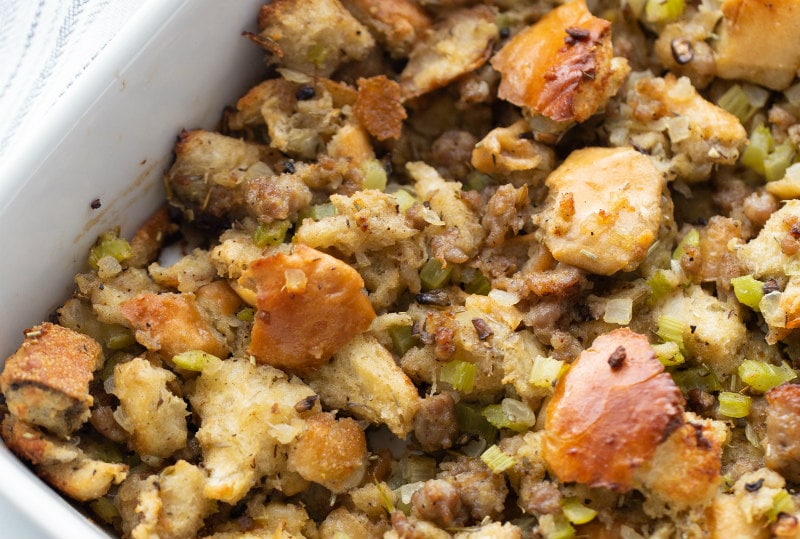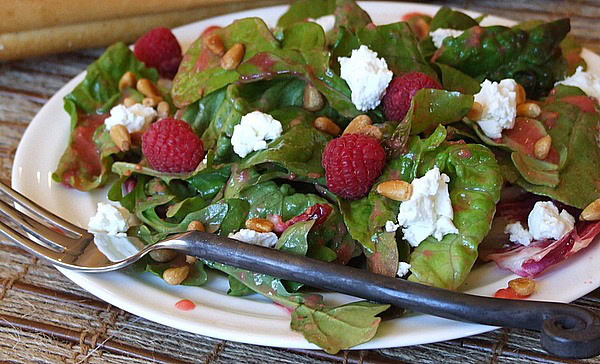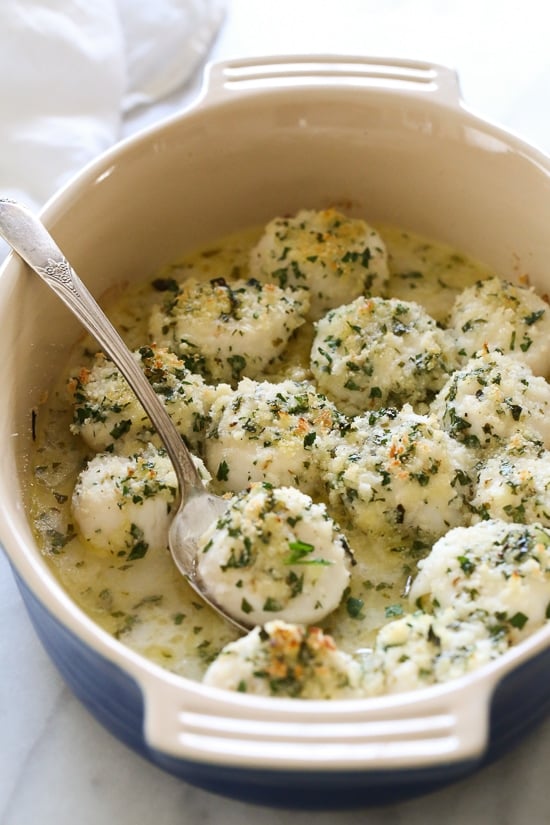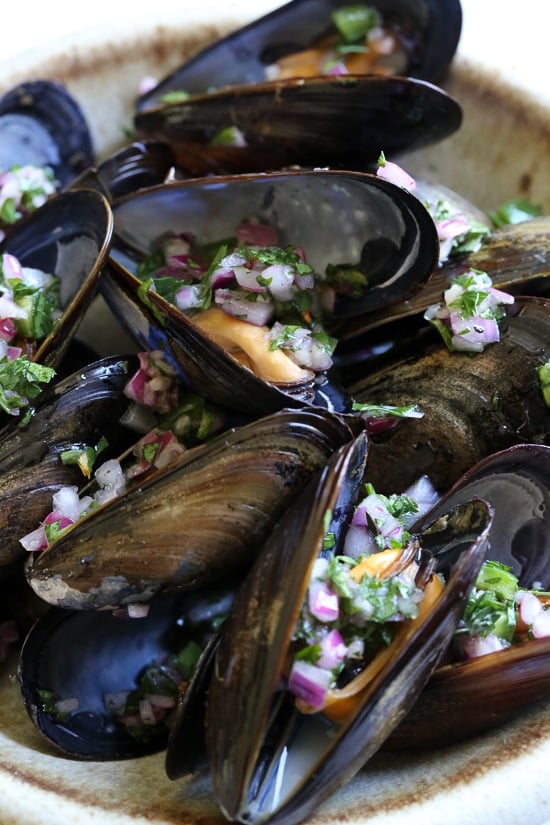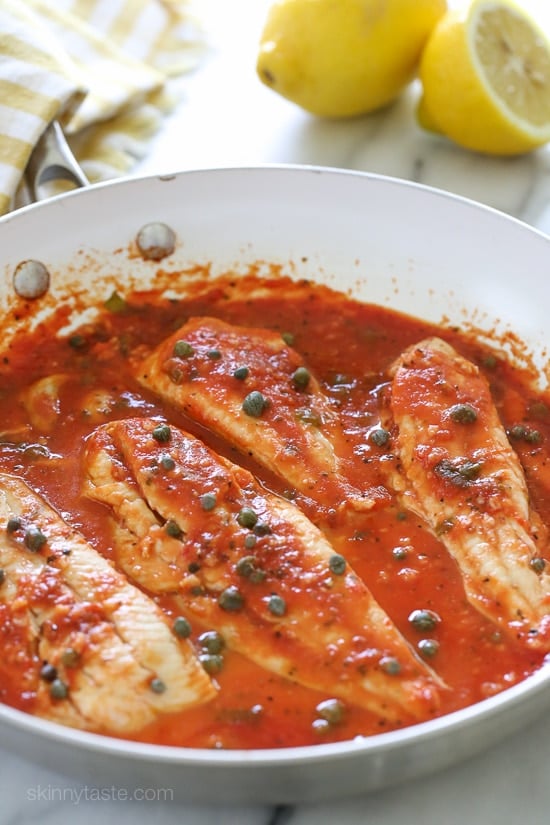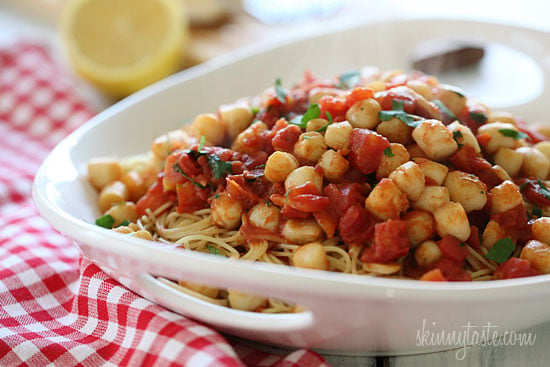White Wine: Important Facts, Health Benefits, and Recipes
Explore the history, health benefits, and culinary uses of white wine in our ultimate guide, featuring popular varieties, food pairings, and storage tips.
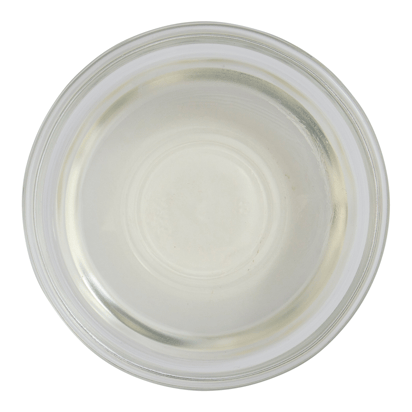
Nutritional Facts
1 fl oz
Amount per serving
Calories
24.1
Carbohydrates
0.8 g
Fat
0 g
Protein
0 g
Saturated Fat
0 g
Sodium
1.5 mg
Fiber
0 g
Sugar
0.3 g
Best White Wine Recipes
-
/grilled-salmon-steak-entree-172402452-581a79815f9b581c0bfde2c1.jpg)
-
:max_bytes(150000):strip_icc()/GettyImages-73110000-5843a1123df78c0230416e7e.jpg)
-
:max_bytes(150000):strip_icc()/__opt__aboutcom__coeus__resources__content_migration__serious_eats__seriouseats.com__recipes__images__2015__07__20150716-halibut-clams-vicky-wasik-5-6e18221429c54705b9cce9da3d1095d9.jpg)
-
:max_bytes(150000):strip_icc()/porkchopwithwine25-56a112103df78cafdaa91c41.jpg)
-
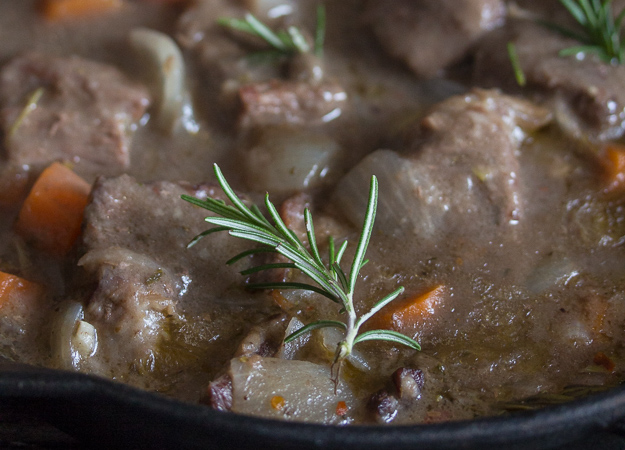
-
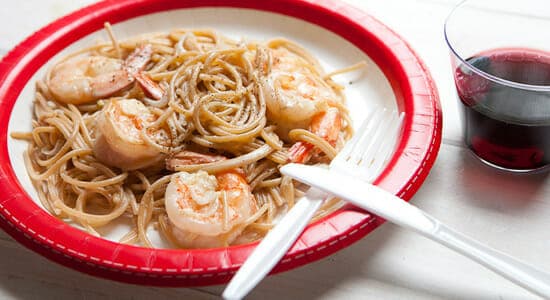
-
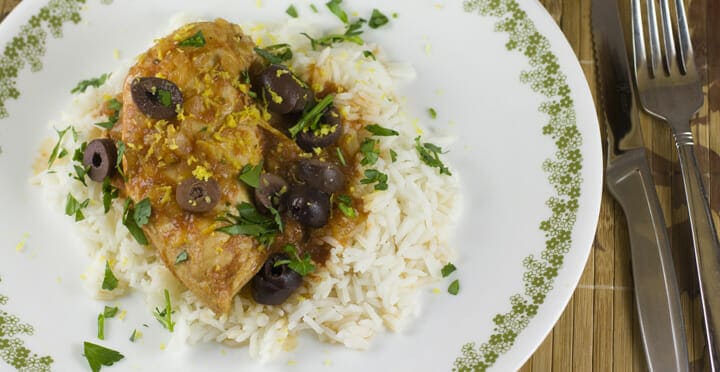
-
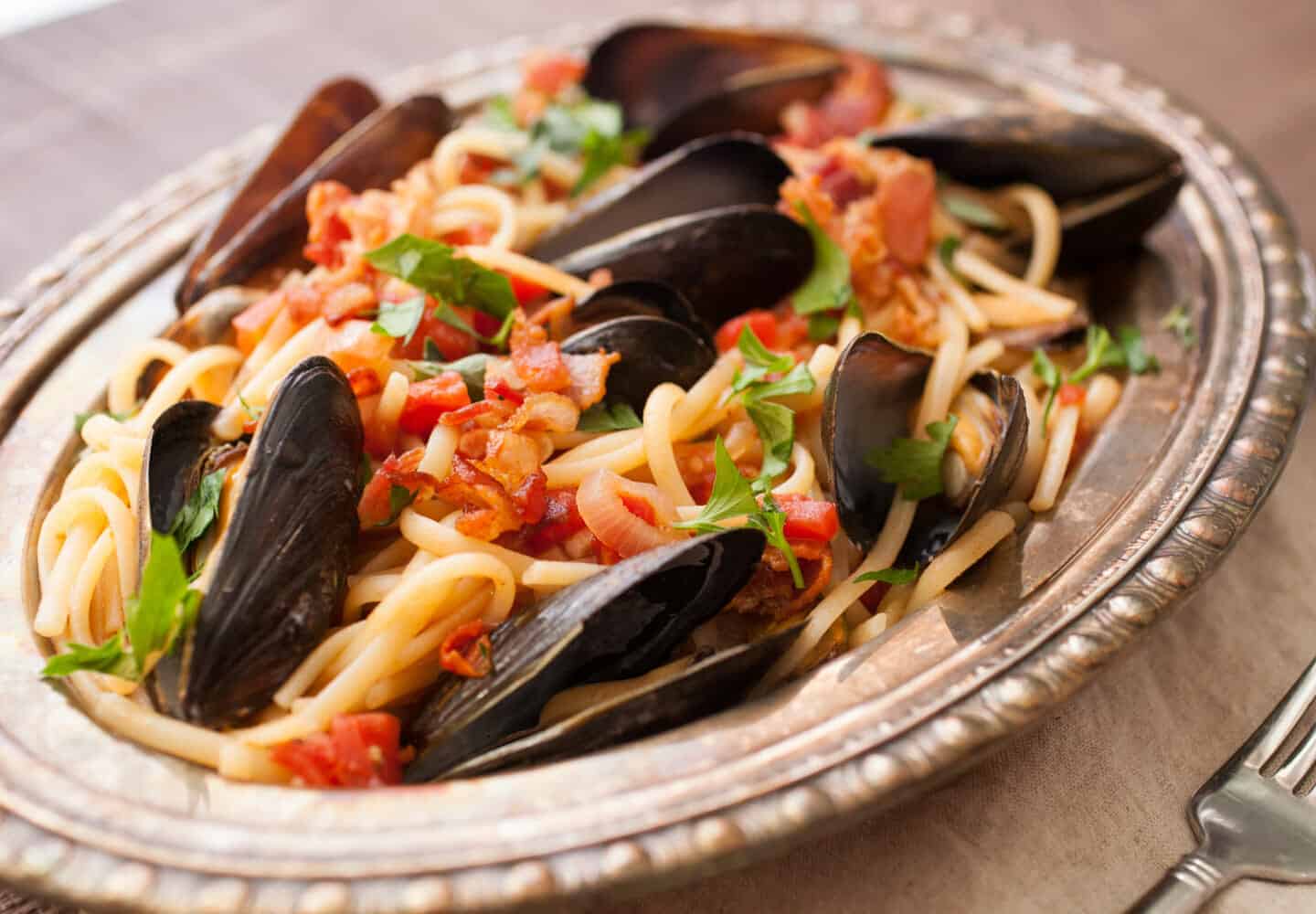
-
![Spring Asparagus Carbonara Image]()
-
![Braised Pork Shoulder Image]()
-
![Chicken Liver Pate Image]()
-
![Simple Poached Sole Image]()
-
![Pomegranate, Orange, and Avocado Salad Image]()
-
![The BEST Chicken Piccata Image]()
-
![How to Cook THE BEST Roast Turkey Breast Image]()
-
![Green Bean Casserole Image]()
-
![Turkey Bolognese Lasagna Toss Image]()
-
![Easy Hamburger Vegetable Soup Image]()
-
![French Onion Grilled Cheese Sandwich Image]()
-
![Poached Salmon With Dill Sour Cream Sauce Image]()
-
![40 Cloves of Garlic Roast Chicken Image]()
-
![How to Make the Best Steamed Clams Image]()
-
![Spanish Chicken and Rice Recipe Image]()
-
![30- Minute Creamy Mushroom and Leek Chicken Breasts Image]()
-
![Turkey Pot Pie Soup Image]()
-
![Oven Roasted Chicken with Lemon Rosemary Garlic Butter Image]()
-
![30 Minute Pork Scallopini With Lemons and Capers Image]()
-
![Easy Chicken Breasts with Creamy Mushroom Sauce Image]()
-
![Creamy Fish Chowder Image]()
-
![Sweet Corn, Gouda and Farro Risotto Image]()
-
![Roast Turkey Breast with Lemon and Oregano Image]()
-
![Shrimp Scampi Pasta Image]()
-
![Sausage Lasagna with Ricotta Cheese Image]()
-
![Dinner is for Kids: Spaghetti Tacos Image]()
-
![Chicken Piccata Pasta Image]()
-
![Roasted Butternut Squash and Turkey Chili with White Beans and Sage Image]()
-
![Lightened Up Slow Cooker Beef Stroganoff Image]()
-
![Classic Stuffing Image]()
-
![Grilled Salmon with Spinach and Yogurt- Dill Sauce Image]()
-
![Mixed Greens and Goat Cheese with Raspberry Vinaigrette Image]()
-
![Baked Scallops Image]()
-
![Steamed Mussels with Piri Piri Sauce Image]()
-
![Chicken and Mushrooms in a Garlic White Wine Sauce Image]()
-
![Turmeric Braised Chicken with Golden Beets and Leeks Image]()
-
![Fish with Tomatoes, White Wine and Capers Image]()
-
![Spaghetti Squash with Meat Ragu Image]()
-
![Chicken Francese Image]()
-
![Angel Hair Pasta with Scallops and Tomatoes Image]()




